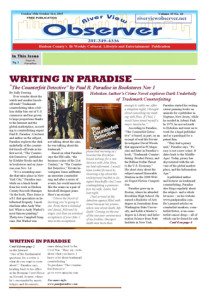You’ll be quite surprised if you search on Amazon.com for a book on product diversion, gray market, or parallel imports. I found one book, published in 2009.
Product diversion refers to products acquired through an unauthorized source and it is a huge underground or ‘gray’ market. Product diversion is legal and usually involves products purchased in a country or region where the product sells for a lower cost and is then shipped to a country where it will sell for a higher price. It’s no secret that drug prices are lower in Canada and Mexico. Many Internet pharmacies use a domain name incorporating the word “Canada” to establish legitimacy.
Most consumers have purchased products off the shelf, without realizing it was diverted. Diverted products are a big problem in the cosmetics field. Paul Mitchell founded his line of beauty products and, after much effort that included driving around the country himself, had a company that was producing millions in revenue. Mitchell, who had twenty authorized distributors, began to find his product in discount stores and other locations. The problem became so bad that he launched a public awareness campaign. https://www.paulmitchell.com/our-products/product-control/
Diversion is a lead source for counterfeit goods. A good case study would be counterfeit Similac. baby formula
In 1995, 54 complaints were filed involving children who developed skin rashes after their parents had fed them Similac. The FDA’s Office of Criminal Investigations (OCI) seized 500,000 pounds of a powdered generic baby formula that was not authorized for sale in the United States but destined for Europe and packed to look like Similac. The counterfeiters had not followed the manufacturer’s safety standards in re-packing the fake product.


